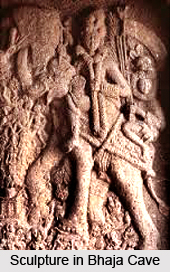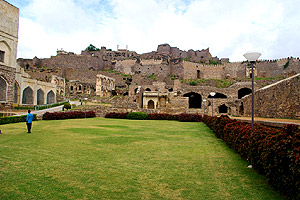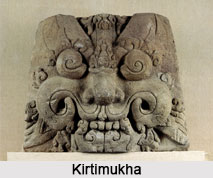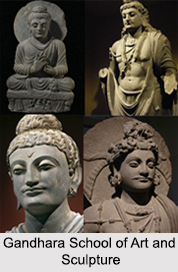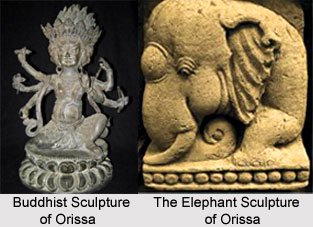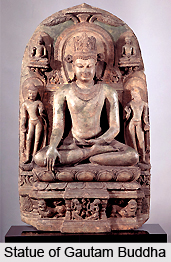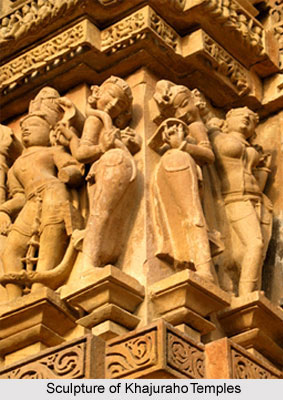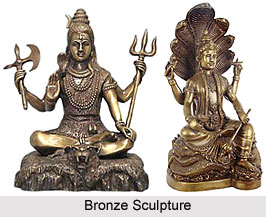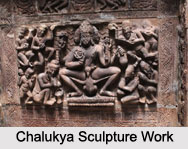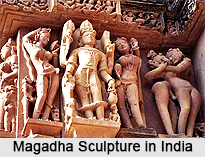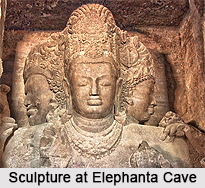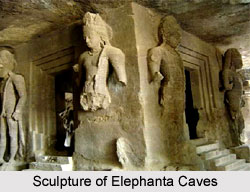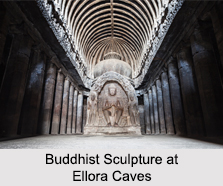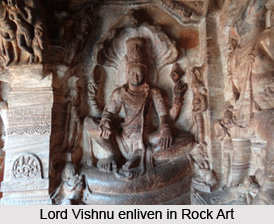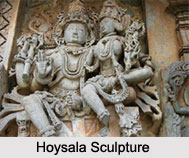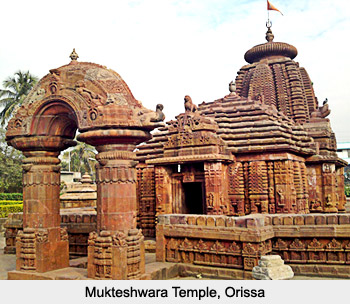 Dancing girl of Mohenjo-daro is an artifact that echoes the architectural wonders of ancient, deep buried long ago. Some 4500 years old, this 10.8 cm long bronze statue of the dancing girl was found in 1926 from a broken down house on the `ninth lane` in Mohenjo-daro. The figurine of the dancing girl of Mohenjodaro has changed the way one looked at Indian art of antiquity. The `pert liveliness` of the minute figure is unparallel and amidst its curves. The bronze statue is hardly four inches high yet speaks ample of the superb craftsmanship and of the caster`s skills.
Dancing girl of Mohenjo-daro is an artifact that echoes the architectural wonders of ancient, deep buried long ago. Some 4500 years old, this 10.8 cm long bronze statue of the dancing girl was found in 1926 from a broken down house on the `ninth lane` in Mohenjo-daro. The figurine of the dancing girl of Mohenjodaro has changed the way one looked at Indian art of antiquity. The `pert liveliness` of the minute figure is unparallel and amidst its curves. The bronze statue is hardly four inches high yet speaks ample of the superb craftsmanship and of the caster`s skills.
It depicts a culture both distant and not so far, illustrating a moment away from the present day. The vivacity of the figurine since ages has drawn attention of the scholars. The dancing girl of Mohenjodaro is without any clothes; while her left leg is slightly bent, it is her arm that delicately rests on her thigh. Her entire weight is there on her right leg and the right arm is resting on her hips in an elegantly insouciant gesture. Her elaborately coiled hair, her bangles and necklaces speaks of social life of India at that time.
This article is a stub. You can enrich by adding more information to it. Send your Write Up to content@indianetzone.com
